AWS, Oracle, Google, Microsoft Top Cloud DBMS Market: Gartner
Here are the top 19 cloud database management systems provides—including AWS, Google, Oracle, Databricks, Snowflake, SAP, IBM, Teradata and more—that made Gartner’s new cloud DBMS Magic Quadrant.

From the world’s largest cloud computing companies like AWS, Google Cloud and Microsoft Azure to visionaries like Databricks, Snowflake and Teradata—Gartner ranks the top cloud database management companies on the planet.
A total of 19 companies made Gartner’s new Cloud Database Management Systems Magic Quadrant, which assesses the strengths and weaknesses of each company.
Gartner defines cloud database management systems (DBMS) as the market for software products that store and manipulate data and that are primarily delivered as software as a service (SaaS) in the cloud.
The global DBMS market now exceeds $100 billion.
[Related: AWS Vs. Microsoft Vs. Google Cloud Earnings Q4 2023 Face-Off]
DBMS Companies And Database Market Future
“There has been a major improvement in capabilities across the market,” Gartner said in its report. “In particular, cloud DBMS systems are developing in the direction of support for the broader data ecosystems that surround them.”
By 2025, 55 percent of IT will adopt data ecosystems which will consolidate the vendor landscape by 40 percent, according to Gartner.
The IT research firm also predicts that by 2027, worldwide enterprise spending on IaaS and PaaS will triple compared to 2022, driving greater demand for database platform as a service (dbPaaS).
“The market continues to show growth in cloud revenue, growth in the percentage of vendor revenue in the cloud versus overall DBMS revenue, and, correspondingly, the decreasing interest in on-premises products,” said Gartner.
Here are the companies that made the list:
- AWS
- Alibaba Cloud
- Cloudera
- Cockroach Labs
- Couchbase
- Databricks
- EDB
- Google Cloud
- IBM
- InterSystems
- Microsoft Azure
- MongoDB
- Neo4j
- Oracle
- Redis
- SAP
- Snowflake
- Teradata
- Yugabyte
Click through for a breakdown of each company’s DBMS products highlighted in Gartner’s new Magic Quadrant for Cloud Database Management Systems, as well as the firm’s assessment of each vendor’s weakness and strength.
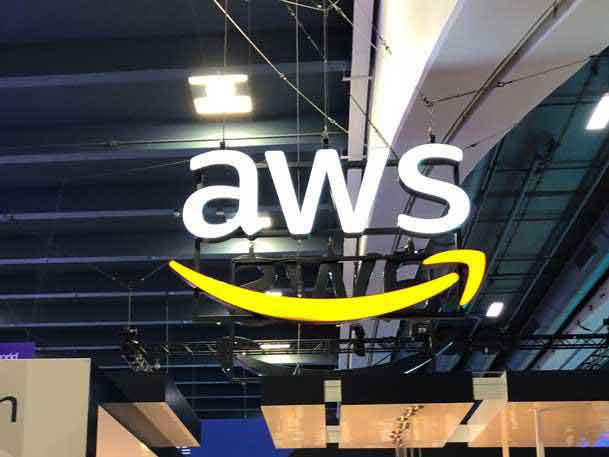
Leader: Amazon Web Services
AWS won the gold medal for execution in Gartner’s Magic Quadrant and ranks No. 2 for vision. The world’s largest cloud computing company offers a suite of database services with over 15 purpose-built engines to support operational, transactional, analytical and streaming applications. AWS supports a broad spectrum of customer needs, encompassing both specialized demands and extensive use cases, delivering scalability, flexibility, and a variety of options to both small and large enterprises.
Strength: AWS global presence, extensive portfolio and partner community deliver complete and secured database applications across the spectrum. AWS’ flexibility and interoperability between the databases, helps users choose the best-fit databases for building their applications.
Weakness: Gartner said clients considering AWS must ensure alignment with long-term needs and constraints, as AWS services provide a complete end-to-end data ecosystem deployment that bring stickiness. This may create a degree of dependence and lock-in.

Leader: Google (Google Cloud)
Google won the gold medal for vision on Gartner’s Magic Quadrant and ranks No. 3 for execution. Google Cloud provides an extended outreach to on-premises and other cloud service providers and offers managed container services to support applications portability. The cloud company supports over a dozen database engines for different storage and processing needs such as AlloyDB, Cloud SQL, Cloud Spanner, Cloud Bigtable, BigQuery, Dataproc and Firebase Realtime Database.
Strength: Google Cloud offers an industry-leading 99.999 percent uptime SLA for products including Cloud Spanner, Cloud Bigtable and Firestore. Google has redefined the lakehouse by breaking down data silos with BigLake, unifying data warehouses, data lakes and multicloud data across other cloud service providers with integrated access.
Weakness: Google Cloud has a narrower range of services than other CSPs and partners with third parties to provide integrated capabilities for specialized needs such as Graph DBMS, Gartner said.

Leader: Microsoft
Microsoft won the silver medal for execution on Gartner’s Magic Quadrant and ranks No. 4 for vision. The software giant provides a broad range of cloud DBMS offerings including Azure SQL, Azure Database for PostgreSQL, Azure Database for MySQL, Azure Database for MariaDB, Azure Cache for Redis, and Azure Cosmos DB. Microsoft also provides integrated data analytics solutions with built-in DBMS such as Azure Synapse Analytics and Microsoft Fabric.
Strength: With a global DBMS brand and a pioneer in AI-augmented data management, Gartner said Microsoft is one of the limited trustworthy DBMS partners on a worldwide basis. Microsoft continues to enhance the compatibility and interoperability between its DBMSs and other Microsoft products such as Microsoft 365, Power BI and Purview.
Weakness: Gartner clients said performance and cost challenges continue to be the most frequently voiced concerns. Less predictable cost and performance for scaled data consumption spanning its DBMS and data management products still have room to improve.
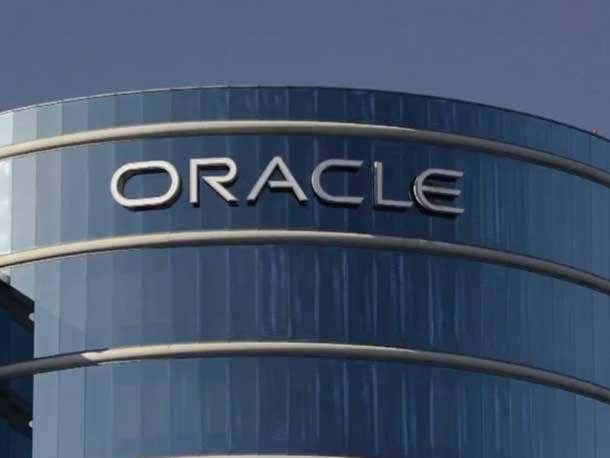
Leader: Oracle
Oracle won the bronze medal for vision on Gartner’s Magic Quadrant and ranks No. 4 for execution. The Oracle Autonomous Database includes Autonomous Transaction Processing, Autonomous Data Warehouse, Autonomous JSON Database and APEX Application Development services. Oracle Exadata Database services are available in Oracle Cloud Infrastructure (OCI) and OCI Dedicated Region private clouds. The company also offers Oracle MySQL HeatWave, Oracle NoSQL Database services and OCI PostgreSQL Service.
Strength: Oracle DBMS has one of the richest sets of technologies in the market, an advantage that continues in its cloud offering. Many of its database offerings can run in a customer’s data center or any public cloud data center.
Weakness: Gartner said clients regularly cite cost and expense as a primary negative factor. Although Oracle’s growth is slightly above overall cloud marker growth, its top cloud competitors have been growing faster.
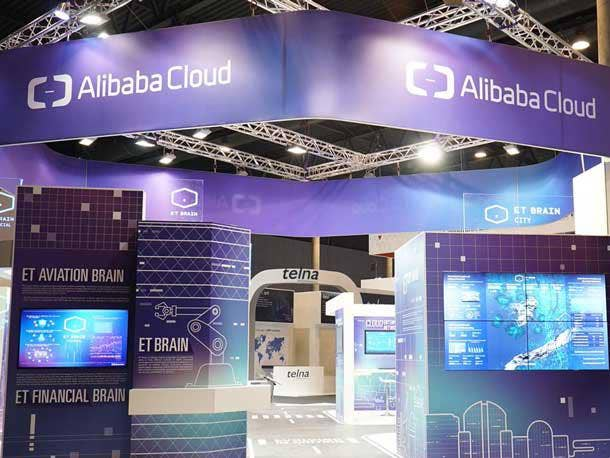
Leader: Alibaba Cloud
China’s dominant cloud market leader ranks No. 5 for execution and amongst the middle of the group for vision on Gartner’s Magic Quadrant. Alibaba Cloud offerings Alibaba Cloud ApsaraDB for RDS (Relational Database Service) and PolarDB for operational use cases. For analytical use cases, it offers AnalyticDB and MaxCompute, as well as Lindorm, Graph Database and Tair for nonrelational and real-time use cases.
Strength: Alibaba Cloud has delivered DBMS success stories in a wide range of industries including finance, public sector, retail, gaming and automotive. It’s enhanced partnerships with MongoDB, ClickHouse and PingCAP, demonstrate improvement in its cloud ecosystem.
Weakness: Overall geopolitical tensions remain high, which impacts Alibaba Cloud’s global business expansion, especially in North America and Europe. Gartner said this usually manifests as data security, data sovereignty or other local digital compliance concerns.
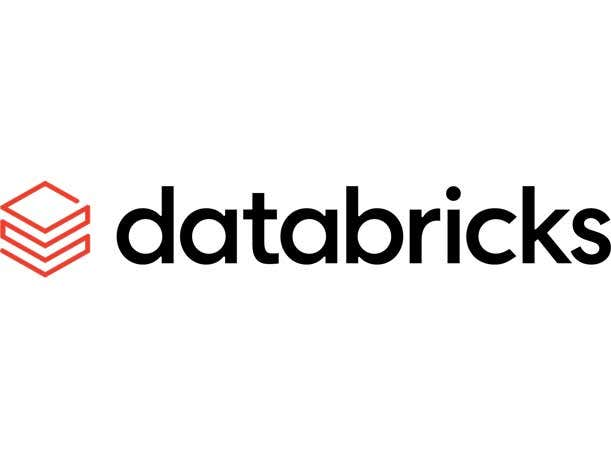
Leader: Databricks
Databricks ranks No. 5 for vision and near the top of the pack for execution on Gartner’s Magic Quadrant. The company offers Databricks Lakehouse Platform on Alibaba Cloud, AWS, Google Cloud Platform, and as a first-party product with Microsoft as Azure Databricks. The Databricks Lakehouse Platform includes Unity Catalog and Delta Live Tables. Databricks SQL provides a serverless data warehouse for data analysts to run SQL and business intelligence applications directly on the data lake.
Strength: The company has strong roots in data science. It has a vision to use Databricks-developed LLMs to train on a customer’s own data and use the results of this training to customize other models as well as allow nontechnical users to query the Lakehouse Platform with natural language.
Weakness: Gartner said because Databricks provides a broad set of capabilities in a single platform, users may find it challenging to understand its full range of capabilities or to find the right components to use for a particular use case.
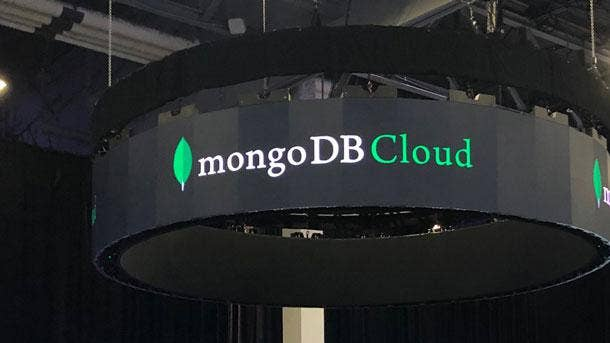
Leader: MongoDB
MongoDB ranks near the top of the pack for both execution and vision. The company offers the document-based nonrelational MongoDB Atlas on AWS, GCP and Microsoft Azure; the on-premises MongoDB Enterprise Server; and Community Edition, which is source-available and free to use. It also offers MongoDB Atlas Charts, Atlas Data Federation, Atlas Search, Atlas Online Archive, Atlas App Services and a mobile object database for remote and edge use.
Strength: MongoDB continues to occupy a significant presence in the marketplace and grow at above-market rates. It has established itself as a standard for nonrelational databases in the application development stack . MongoDB has become a de facto standard for document database-oriented app development.
Weakness: As most major DBMS products now support document models, MongoDB will need to rely on articulating its particular advantages in implementation and approach rather than the advantages of the document model itself, Gartner said.

Leader: Snowflake
Snowflake ranks near the top of the pack for both execution and vision on Gartner’s Magic Quadrant. The Snowflake Data Cloud addresses analytics, data warehousing and data lake requirements. The company offers data warehouse, data lake and AI/ML processing within the Snowflake Data Cloud together with data sharing capabilities enabling the sharing of data within and between clouds.
Strength: Snowflake continues to lead in ease-of-use with which its analytical systems can be implemented and operated. Gartner said interest in Snowflake continues to grow at a rapid pace, with revenue growth significantly outpacing the general market.
Weakness: Snowflake is lacking on-premises offerings. Gartner said a section of the market still requires some kind of on-premises presence to assist in the transition to cloud, and cannot move to cloud without it.
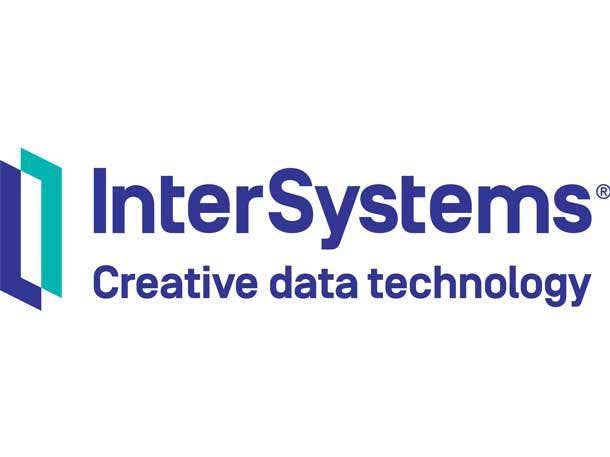
Challenger: InterSystems
The only challenger in Gartner’s Magic Quadrant, InterSystem ranks near the middle of the pack for execution and amongst the bottom group for vision. It offers InterSystems IRIS, a multimodel hybrid DBMS and a variety of solution-focused cloud services. InterSystems IRIS is available as a fully public managed dbPaaS cloud service on AWS, Google Cloud Platform, Microsoft Azure and Tencent. A private, fully managed dbPaaS version is also available.
Strength: InterSystems offers a unique, modular approach to solutions. It offers frameworks and data models for healthcare, supply chain and financial asset management that all run on IRIS. The company also offers cloud services that allow for flexibility versus packaged applications.
Weakness: With a limited availability of skills, Gartner said customers may struggle to find personnel skilled with InterSystems IRIS and other InterSystems products. The architecture of IRIS is unique and very different from alternatives.
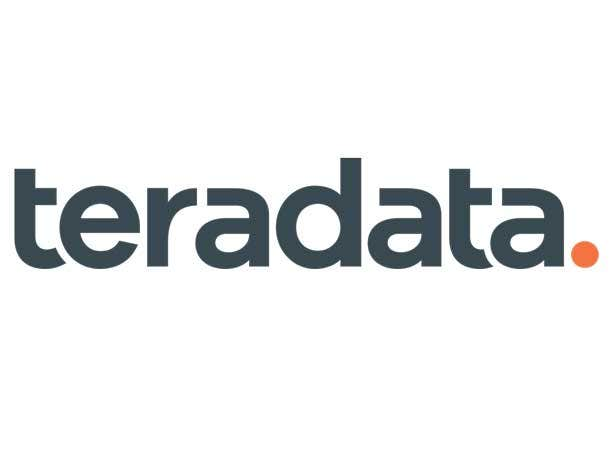
Visionary: Teradata
Teradata ranks near the top of the pack vision and amongst the middle of the group for execution on the quadrant. The company is focused on analytics, data warehousing, lakehouses and data lake requirements. Teradata also provides vertical industry offerings such as the Teradata Industry Data Models, including data models for finance, retail, telecommunications, manufacturing and healthcare. Additionally, it provides distributed capability via its Teradata QueryGrid feature.
Strength: Teradata a longtime leader in providing the most advanced analytic capabilities to its customer base, including integrated AI/ML, mixed workload management and distributed access. Its customers tend to be very sophisticated in their use of analytics, which drives innovation.
Weakness: The is a lack of buyer awareness as Teradata is rarely at the top of customers’ shortlist for cloud vendors. Due to its product sophistication, buyers need to take the time to understand the differentiation and the demands of their workloads.

Visionary: SAP
SAP ranks near the middle of the pack for both execution and vision on Gartner’s quadrant. Its products include SAP HANA Cloud, SAP Datasphere, SAP Adaptive Server Enterprise, SAP IQ and SAP SQL Anywhere. SAP Products address both operational and analytical DBMS use cases. It also offers SAP BW/4HANA, a packaged data warehouse application that can be deployed on-premises and in the cloud.
Strength: SAP HANA database systems can be deployed on a wide variety of cloud service providers including AWS, Azure, GCP and Alibaba, as both a managed database service via SAP HANA Cloud and bring-your-own software model. They can also be deployed on-premises and in containerized or virtualized environments.
Weakness: Gartner said SAP has been less successful in penetrating the market because organizations that do not already use SAP are unlikely to adopt SAP for data management. SAP is best suited for organizations with a mature SAP-focused ERP strategy.
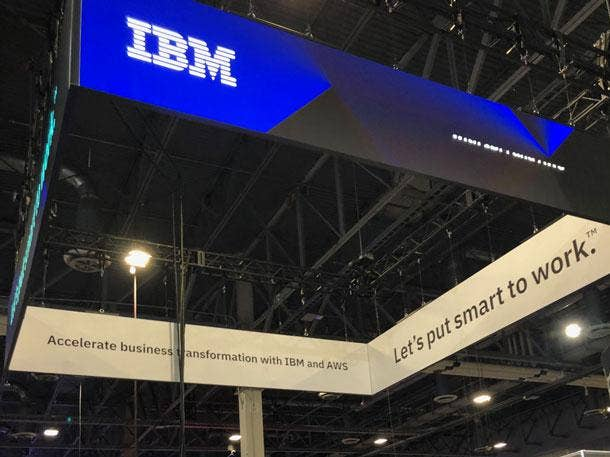
Visionary: IBM
IBM ranks near the middle of the pack for both execution and vision on the quadrant. The technology giant offers Cloud Pak for Data, a unified integration layer for containerized DBMS including IBM Db2 on Cloud, IBM Cloud Data Engine, IBM Cloudant, the IBM Cloud Database family and more. It also offers managed services for third-party offerings. IBM has unified its data management for AI under Watsonx.ai, Watsonx.data and Watsonx.governance to provide integration, lakehouse and AI capabilities.
Strength: IBM Cloud Pak for Data is an innovative offering that provides a complete and portable platform that can be run in public and private clouds, on-premises and in virtualized environments. IBM is able to conduct significant lab research that drives innovation.
Weakness: Gartner said although IBM’s data strategy is now aligning with the direction of the market, it needs to do more to set the pace in regaining mind share and momentum by expanding its market influence and direction in data management technology deployments.
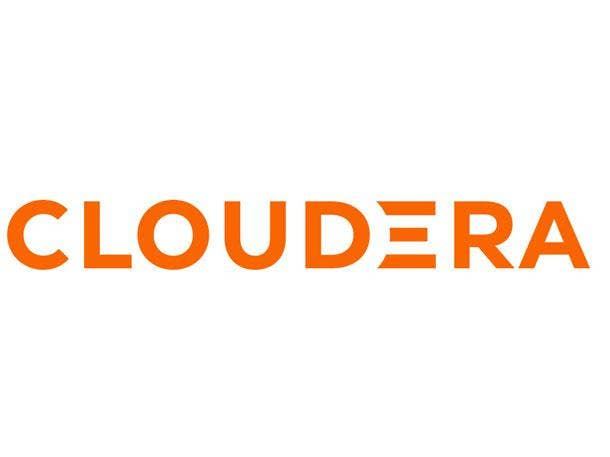
Visionary: Cloudera
Cloudera ranks near the middle of the pack for both execution and vision on Gartner’s Magic Quadrant. The company’s Cloudera Data Platform (CDP) runs on AWS, Azure, GCP and Red Hat OpenShift. The data ecosystem comprises distributed storage and processing layers with multiple engines to support transactional and analytics workloads. Cloudera continues to invest in its open-source leadership to drive community innovation with open standards in its data ecosystem delivering portable data and AI services across all cloud data architectures.
Strength: Cloudera’s value proposition is to deliver a scalable data platform in both hybrid and multicloud deployments. Cloudera also has frictionless and flexible billing, allowing the free exchange of credits and subscriptions based on a common unit, regardless of whether it is purchased from Cloudera or through marketplaces.
Weakness: All cloud service providers (CSPs) offer alternatives that compete directly with Cloudera’s offerings, frequently in a delivery form that is more tightly integrated with the CSPs ecosystem and easier to use.
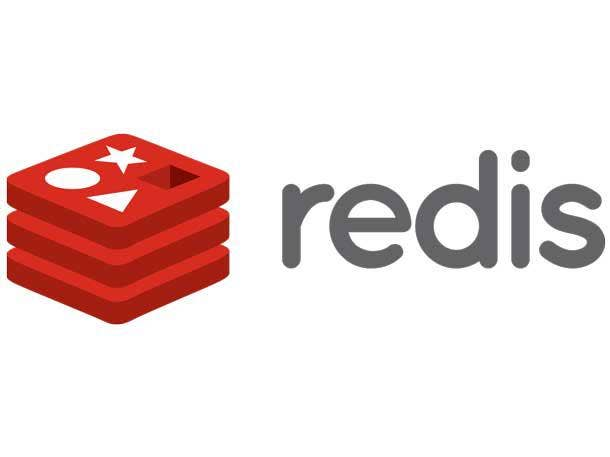
Visionary: Redis
Open-source specialist Redis ranks near the middle the pack for vision and amongst the bottom group for execution on the quadrant. Redis Cloud, a fully managed cloud dbaaS offering based on its highly popular open-source database Redis, is available on AWS, GCP, Azure, and can be deployed alongside on-premises, hybrid and multicloud environments. It is a multimodel DBMS that is specialized in real-time transactional use cases.
Strength: Redis is one of the world’s most widely deployed databases. Redis Cloud has become popular for usage in AI/ML, driven by real-time capabilities for storing values and its vector search capabilities.
Weakness: Despite its popularity and high-standard SLA, many customers turn to other providers when deploying Redis in the cloud. Competitors are developing efficiency and functionality on Redis or their own API-compatible products in customers’ implementations.
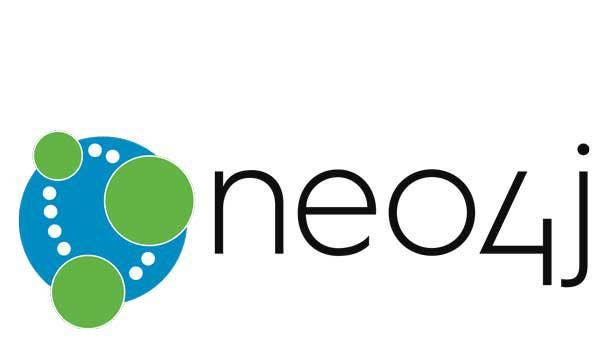
Visionary: Neo4j
Neo4j ranks near the middle the pack for vision and amongst the bottom group for execution on Gartner’s Magic Quadrant. The AuraDB managed service is available on GCP, AWS and Azure. The company also offers the Neo4j graph database on-premises and for private clouds, and its AuraDS “data science as a service” for integrated AI/ML. Its support for ACID transactions makes it suitable beyond the typical data science use cases associated with graph databases.
Strength: Neo4j has a broad user community and loyal customers. While the graph DBMS market is still small, Neo4j’s broad presence is unmatched by other vendors in the graph DBMS market.
Weakness: Gartner said client’s express dissatisfaction with AuraDB’s pricing. AuraDB’s self-service, pay-as-you-go options are restricted to a version with limited capabilities. AuraDS is only available for self-service on GCP. While AuraDB Enterprise is available in AWS, Azure and GCP, it’s only sold through traditional enterprise channels.
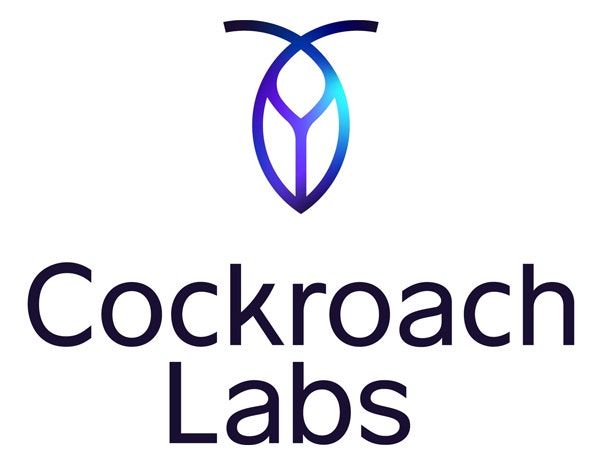
Niche Player: Cockroach Labs
Cockroach Labs ranks near the bottom the pack for both vision and execution on Gartner’s quadrant. The company offers CockroachDB, a distributed transactional DBMS compatible with PostgreSQL, which can be deployed in public and private clouds and on-premises. Its dbPaaS deployment option is available on AWS, GCP and Microsoft Azure, while its self-hosted offering can be run on-premises, in hybrid clouds, and in intercloud deployments. Cockroach Labs client base spans finance, high tech, retail and gaming.
Strength: CockroachDB is well-suited for organizations’ core systems which have high requirements for availability, scale, data consistency, data residency and security. CockroachDB is in great shape to take advantage of the market trend that distributed transactional DBMS are now suitable for mission-critical applications, Gartner said.
Weakness: Vertical industry solutions built on CockroachDB are rare, despite efforts to establish vertical industry partnerships. As a result, Gartner said most successful deployments require custom-made approaches to solve industry challenges.
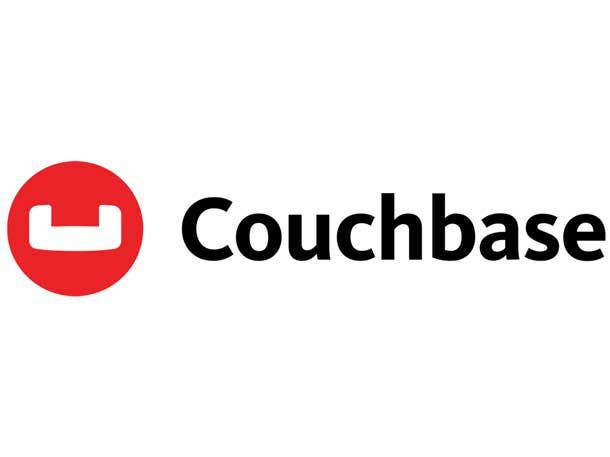
Niche Player: Couchbase
Couchbase ranks near the bottom the pack for both vision and execution on the quadrant. Couchbase offers its Capella cloud DBMS service as well as a self-managed version of both Couchbase Server and Couchbase Mobile. Couchbase is strong in large-scale consumer-facing and back-end enterprise applications. Couchbase Capella provides SQL++, its query language for leveraging developers’ familiarity with SQL while being able to work with JSON document-modeled data.
Strength: Couchbase is now a leading player in the mobile and edge space, allowing for synchronization with edge data stores even if they are periodically not connected to a central service. This capability is available from server to server and between mobile devices running Android or iOS and servers.
Weakness: Couchbase doesn’t have a full-fledged capability to access data nor provide data to engines outside of the Couchbase world. Gartner said the company’s market awareness has improved, but it can do better.
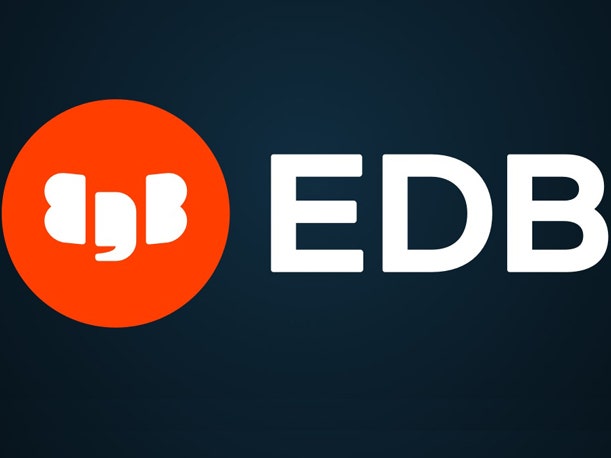
Niche Player: EDB
EDB ranks last in vision and near the bottom of the pack for execution. The company offers EDB BigAnimal, a fully managed PostgreSQL implementation in the cloud, that runs on AWS, Microsoft Azure and GCP. BigAnimal can also run in distributed mode as EDB Postgres Distributed, and also provides its database software and tooling on-premises. The open-source specialist provides a large proportion of the contributions to the PostgreSQL codebase.
Strength: EDB is a go-to vendor for PostgreSQL solutions. The company has successfully put in a great deal of effort to extend PostgreSQL with optional compatibility features for other DBMS, most notably Oracle.
Weakness: Other vendors now offer PostgreSQL-compatible DBMS, which provides competition for customers who want the migration options but not necessarily PostgreSQL itself. EDB was relatively late in providing a cloud-based offering.
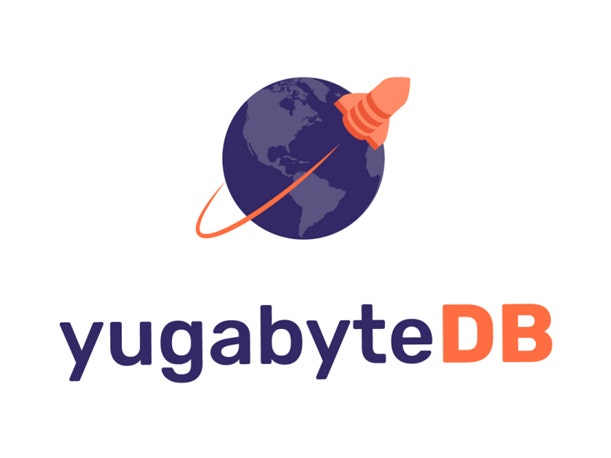
Niche Player: Yugabyte
Yugabyte ranks last for execution and near the bottom of the pack for vision. YugabyteDB is a PostgreSQL open-source SQL database that runs in the public cloud and also on-premises. YugabyteDB runs on AWS, GCP and Microsoft Azure, and can be used in both a multicloud and intercloud mode with nodes in multiple clouds and on-premises all connected to provide a single distributed database instance. Yugabyte appeals to organizations that need highly available and high-throughput transaction systems.
Strength: Distributed database management systems (DDBMS) are now being accepted for mainstream and mission-critical applications, which is where YugabyteDB is well-established. Additionally, Yugabyte enables the spread a single application database over multiple clouds and on-premises.
Weakness: Yugabyte is a relatively small company in the cloud DBMS market. Gartner said potential buyers should check that they are happy with its support and roadmap.